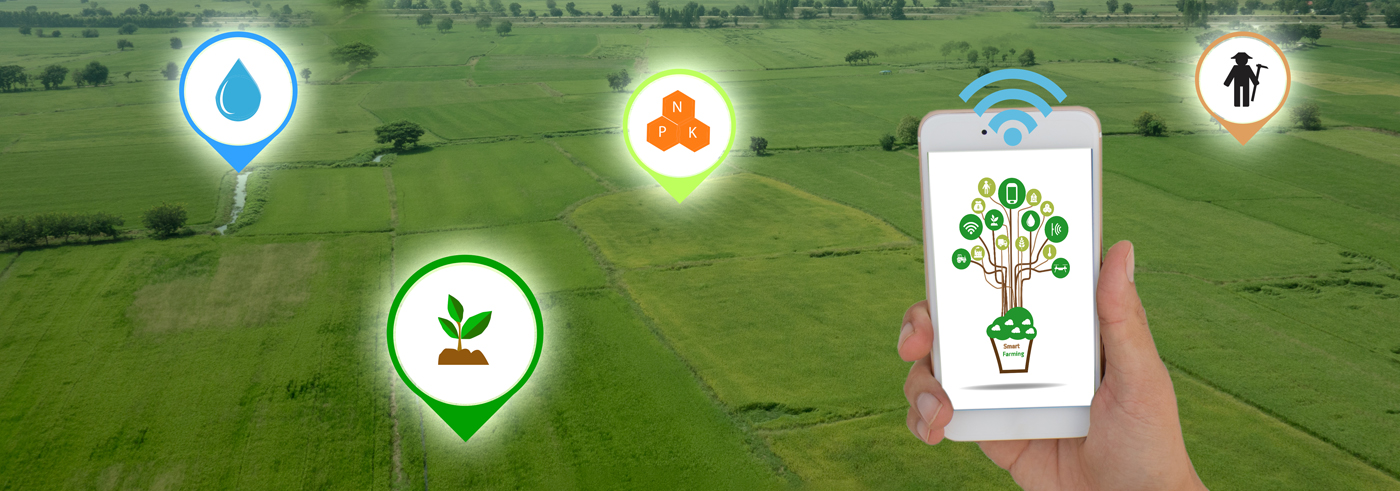Reducing CO2 emissions: the potential of modern agricultural & construction machinery
Reducing GreenHouse Gas emissions (GHG) and adapting to the consequences of climate change has become a global task and one of the major challenges for the years to come. CEMA and CECE collaborated to investigate the reduction potential on CO2 emissions for the agricultural & construction machinery sectors, moving from a traditional machine-only assessment on energy efficiency to assessing the entire production processes.
Boosting an impressive track record in achieving energy efficiency gains in the past 50 years, the agricultural and construction machinery industries continue to be committed to reducing GHG emissions, in particular CO2, even further in the coming years.
To reach the full potential of CO2 emissions reductions offered by modern machinery in the most efficient way, it is important to move from a traditional machine-product focus to a more holistic view, considering the overall energy efficiency and emissions reductions that modern machinery can help achieve in the entire production processes.
Smart Technologies at the service of energy efficiency processes
The industry has heavily invested to develop state of- the-art machines and the substantial energy efficiency gains are increasingly the result of the deployment of ICT-related, ‘smart’ technologies such as interconnectivity or satellite navigation. This is due to the complex processes that agricultural and construction machines are involved in.
The joint CECE - CEMA brochure will guide you through:
- Reducing CO2 emissions: the potential of modern agricultural & construction machinery
- Key elements in CO2 reduction: the 4 pillars approach
- Agriculture & Construction machines: achieving CO2 reduction throughout the entire working process
- Smart machines & process efficiency: new technologies to reduce CO2 emissions further
- Fuel consumption reduction. A main driver for machinery manufacturers
- Machine efficiency examples (7)






